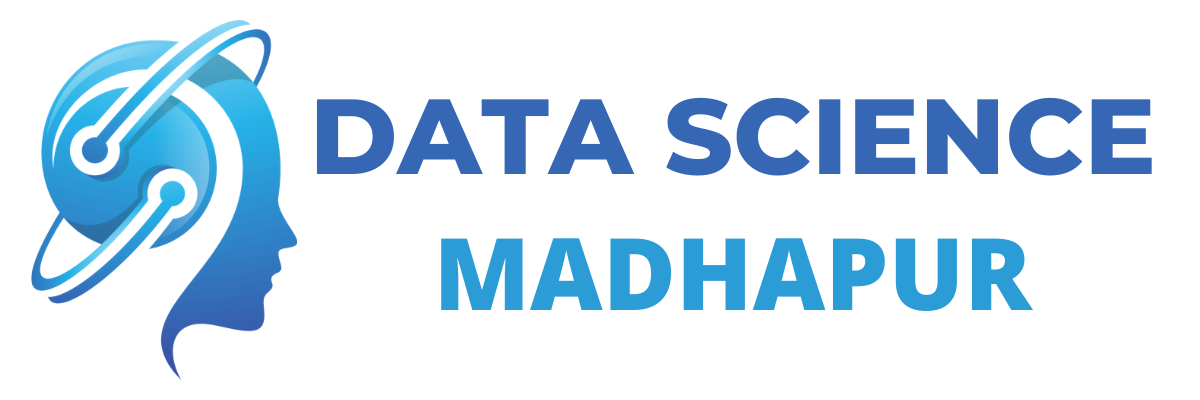C++ is a powerful programming language that has been used for a wide range of applications, including system programming, game development, and high-performance computing. However, it is not commonly used in data science due to the emergence of other programming languages that offer better support for data analysis and machine learning. In this article, we will explore whether C++ is required for data science and if it offers any benefits over other languages.
C++ is a high-level programming language that is commonly used in the development of complex software systems. It is one of the most popular programming languages, and it has been used in various applications, including data science. The question of whether C++ is required for data science is one that has been asked by many data scientists and aspiring data scientists.
Becoming a Data Scientist is possible now with the 360DigiTMG best Data Science institute in Bangalore with placement. Enroll today.
C++ is a compiled language, which means that it can be faster than interpreted languages like Python. This can be an advantage for applications that require high-performance computing or real-time processing. However, for most data science tasks, the speed advantage of C++ is not critical. In many cases, the bottleneck is not the speed of the language, but rather the efficiency of the algorithms used in the analysis.
To learn more about best data science institute in Hyderabad with placement the best place is 360DigiTMG, with multiple awards in its name 360DigiTMG is the best place to start your Data Science career. Enroll now!
C++ does have some libraries that are useful for data science, including Armadillo, Dlib, and OpenCV. These libraries offer advanced linear algebra, machine learning, and computer vision functionality. However, these libraries are not as mature or widely used as similar libraries in other languages like Python or R. Additionally, C++ libraries can be more difficult to use than their Python or R counterparts, requiring more advanced programming skills.
360DigiTMG offers the best data science course in Chennai to start a career in Data Science. Enroll now!
One area where C++ can excel in data science is when working with large datasets. C++ can handle large amounts of data more efficiently than interpreted languages like Python or R. However, many data scientists use specialized tools like Apache Spark or Hadoop to distribute large-scale data analysis tasks, which can also be done using Python or R.
One of the advantages of C++ is its speed. C++ is a compiled language, which means that the code is compiled into machine language before execution. This makes it faster than interpreted languages like Python, which are executed line by line. The speed of C++ makes it suitable for applications that require real-time processing or large-scale data analysis.
Another advantage of C++ is its efficiency. C++ is a low-level language that allows for greater control over memory allocation and management. This means that C++ programs can be optimized for performance, which is important for data-intensive applications. The ability to optimize memory usage makes C++ a useful language for handling large data sets and performing complex calculations.
C++ is also a versatile language that can be used for a wide range of applications. It is commonly used in the development of operating systems, database systems, and computer graphics. This versatility makes it an important language for data scientists who need to work with diverse data sources and integrate their analysis with existing systems.
Despite its advantages, C++ is not typically the first choice for data scientists. Python and R are the most commonly used languages in data science because they have a rich set of libraries and tools for data analysis, machine learning, and visualization. However, there are several scenarios where C++ is the preferred language.
One of the scenarios where C++ is useful in data science is in the development of high-performance computing applications. High-performance computing involves the use of powerful computing resources to solve complex computational problems. C++ is often used in the development of parallel computing applications that can take advantage of multiple cores or processors.
C++ is also useful in the development of computer vision and image processing applications. Computer vision involves the use of machine learning algorithms to analyze images and video. C++ is commonly used in the development of image processing libraries such as OpenCV, which provides a set of tools for image and video analysis.
Another area where C++ is useful in data science is in the development of large-scale data analysis applications. C++ can be used to develop custom algorithms for handling large data sets, and it can also be used to optimize existing algorithms for performance. This makes C++ a useful language for data scientists who need to analyze large data sets or perform complex calculations.
In addition to its use in data science applications, C++ is also an important language for data infrastructure. C++ is commonly used in the development of database systems, which are used to store and manage large amounts of data. C++ is also used in the development of operating systems and other low-level systems that are critical for data processing and management.
Learning C++ can be a valuable addition to the toolkit of any data scientist. While Python and R are the most commonly used languages in data science, there are several scenarios where C++ is the preferred language. C++ is particularly useful in high-performance computing, computer vision, and large-scale data analysis applications.
In order to learn C++, data scientists should focus on the fundamentals of the language, including syntax, data types, and control structures.
Furthermore, the community support and availability of resources for Python and R far surpasses that of C++. Python and R have large and active communities of developers and data scientists who contribute to open-source libraries, share best practices, and collaborate on projects. These communities provide a wealth of resources for learning and troubleshooting, making it easier for newcomers to get started with data science.
Moreover, many of the tools and platforms used in data science are designed to work with Python and R. For example, Jupyter notebooks, which are widely used for data exploration and prototyping, support both Python and R kernels. Many machine learning platforms like TensorFlow, Keras, and PyTorch also have Python APIs, making it easier for users to develop and deploy machine learning models using Python.
Finally, the growing trend towards cloud-based computing and the use of containerization technologies like Docker has further reduced the need for C++ in data science. Many cloud-based platforms, such as AWS, Azure, and Google Cloud, provide pre-built containers for popular data science languages like Python and R, making it easy for users to quickly spin up virtual environments for their data science workloads.
In conclusion, while C++ has some advantages for certain data science tasks, it is not required for most data analysis and machine learning tasks. Python and R are the dominant languages in data science due to their extensive library support, ease of use, and strong data visualization capabilities. The availability of community support, resources, and compatibility with data science platforms and tools make Python and R the preferred choice for most data scientists. However, C++ can still be useful in specialized applications, and knowledge of the language can provide a deeper understanding of low-level programming concepts that can be useful in optimizing machine learning models or building customized data analysis tools.




